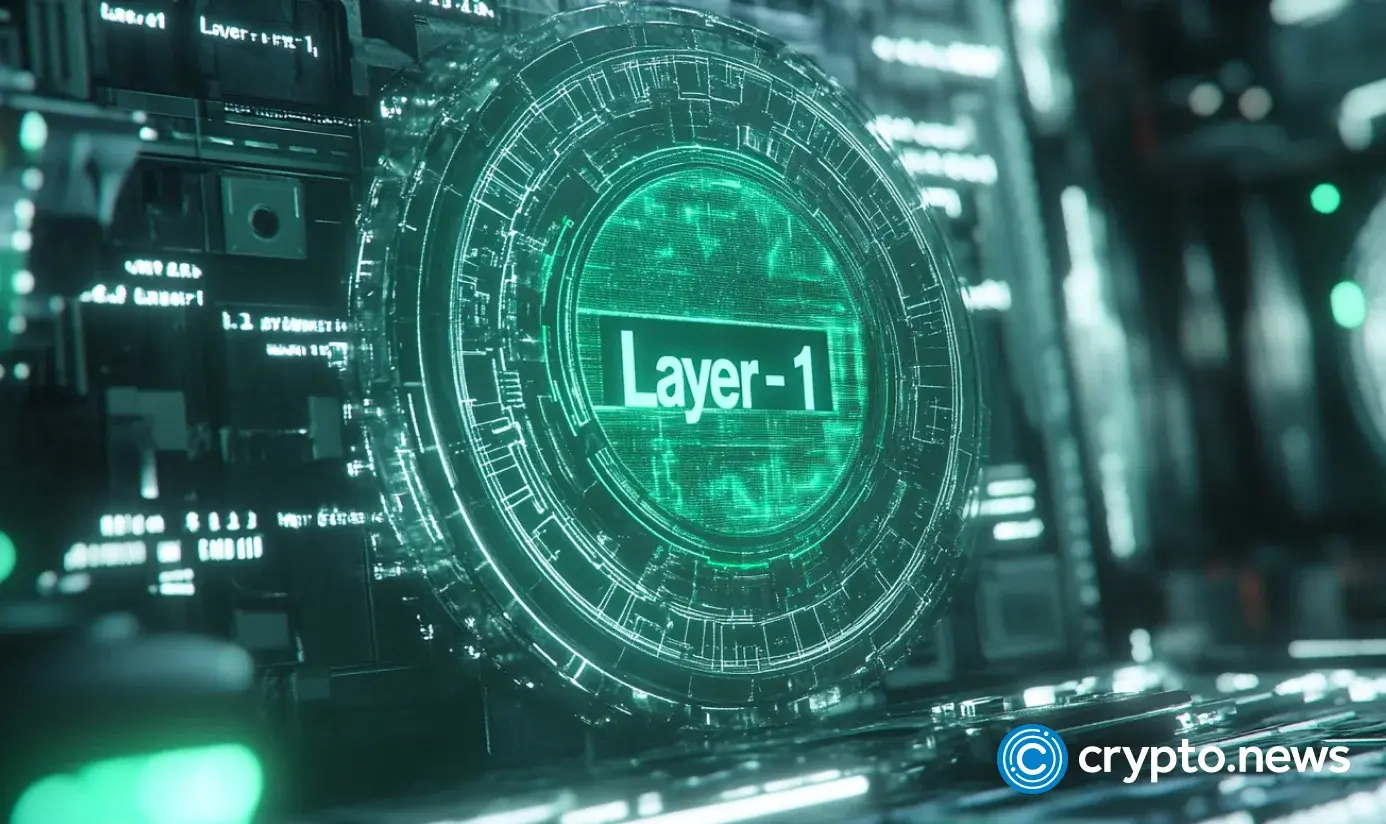Moca Chain Launches as Identity-Centric Layer 1 with Animoca’s Full Ecosystem Backing

Game on—Moca Chain just entered the blockchain arena as a new identity-focused Layer 1, and it's got heavyweight backers. Animoca Brands’ sprawling web3 ecosystem is throwing its weight behind the project, betting big on decentralized identity as the next infrastructure battleground.
Why it matters: In a world where 'anonymous crypto bro' is still the default setting, Moca’s aiming to be the digital passport for web3—while somehow making KYC sound less painful than a root canal.
The Animoca advantage: With investments in over 340 web3 projects, Animoca’s not just writing checks—it’s building an entire economy. Moca Chain now gets to tap into that network effect from day one.
The cynical take: Because what crypto really needed was another Layer 1 chain—this time with extra bureaucracy! (But hey, at least the venture capital is real.)
Moca Chain’s bid to fix Web3’s broken identity system
According to the announcement, Moca Network is building specialized infrastructure for decentralized identity, combining four Core technologies.
These include decentralized storage for user-controlled data, ZKP-based verification to preserve privacy, zkTLS to pull in real-world information without centralized intermediaries, and an Identity Oracle to enable cross-chain credential checks.
The modular identity layer’s goal is simple but ambitious: let users store credentials once—whether a KYC document, a university degree, or gaming achievements, and reuse them across any application without repeatedly surrendering personal data.
For developers, Moca Chain offers AIR Kit, a plug-and-play identity toolkit designed to integrate seamlessly with existing apps, wallets, and protocols without needing to rebuild UX from scratch.
Beyond privacy, Moca Chain is betting that reusable identity can unlock economic value. Today, businesses spend millions verifying users, while individuals derive no benefit from their own data. By turning credentials into portable assets, Moca could streamline compliance, enable new reward models, and reduce fraud.
Moca Chain is also a token economy experiment. At the network’s CORE is MOCA, the utility token that fuels every action on the chain. Issuing, verifying, storing, and even generating credential data via zkTLS all require MOCA. Validators need to stake it to secure the network, while verifiers pay with it to check credentials.
According to the statement, the more credentials issued and verified, the more MOCA gets used—creating a demand loop tied directly to network activity.

